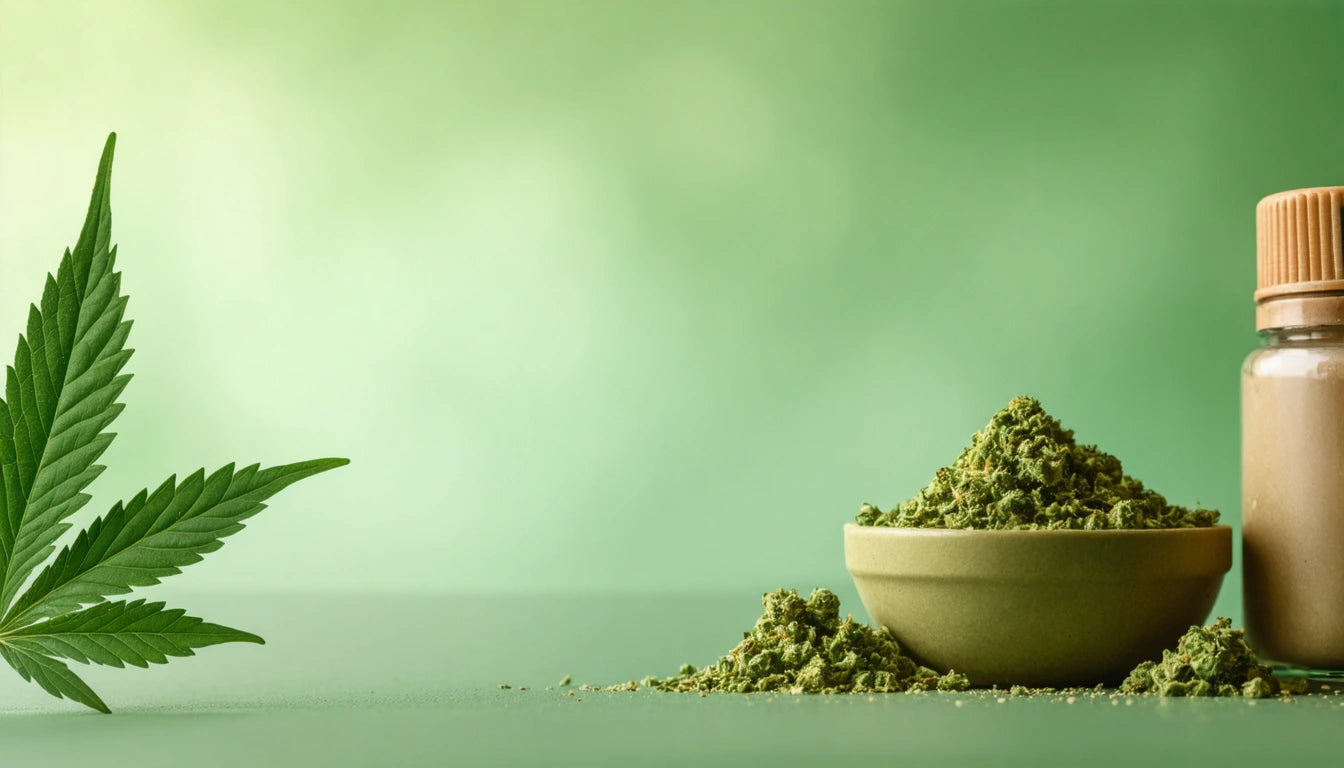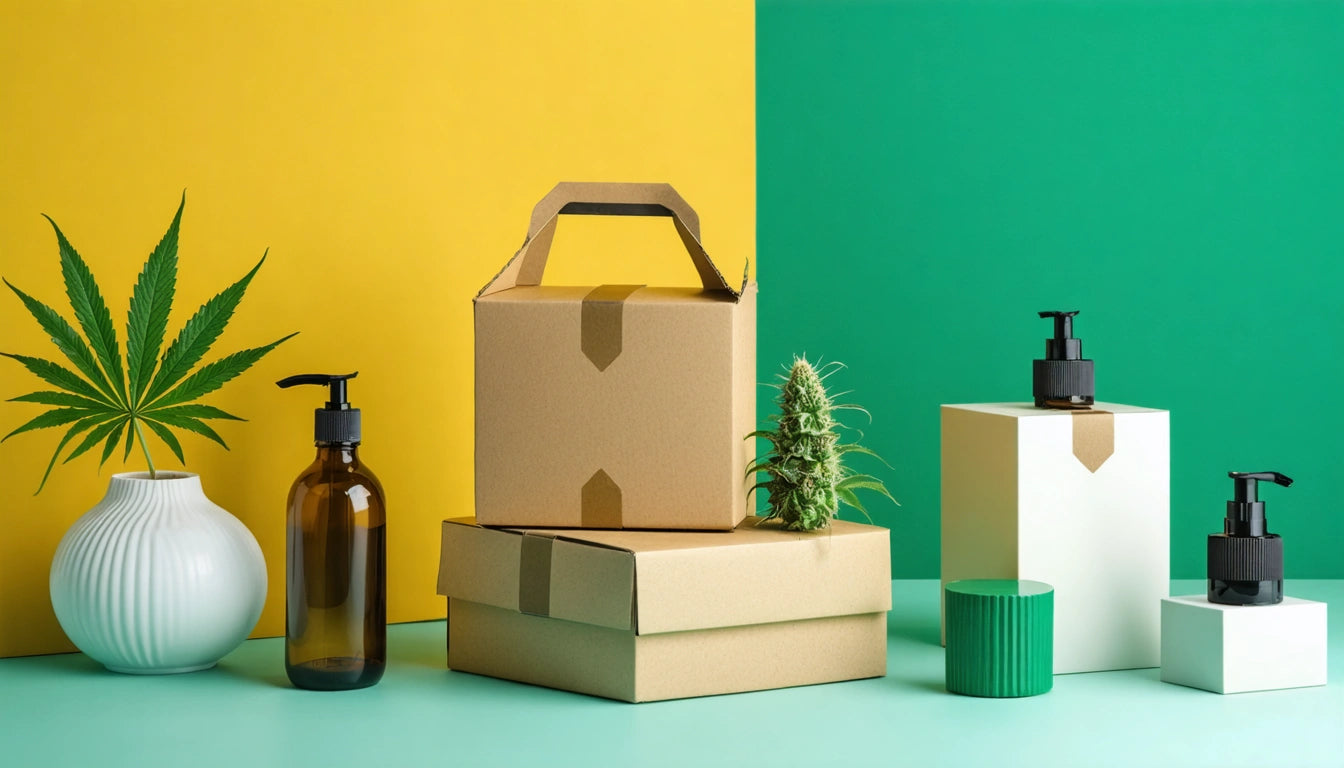Table of Contents
The cannabis industry faces a significant environmental challenge: packaging waste. With strict regulations requiring child-resistant, tamper-evident packaging, cannabis products often use excessive materials that contribute to environmental degradation. Understanding the scope of this problem and exploring viable solutions can help businesses reduce their environmental impact while maintaining compliance.
The Growing Cannabis Packaging Waste Problem
Cannabis packaging waste has reached concerning levels. A single gram of cannabis can require up to 70 times its weight in packaging materials. Industry estimates suggest that cannabis packaging generates over 10,000 tons of waste annually in North America alone. This waste predominantly consists of single-use plastics, multi-material packaging that's difficult to recycle, and excessive packaging layers required for compliance.
The environmental impact extends beyond landfill space. Production of virgin plastic packaging contributes to greenhouse gas emissions, while improper disposal leads to microplastic pollution. Most cannabis packaging follows a linear "take-make-dispose" model rather than a circular economy approach.
Regulatory Challenges and Compliance Barriers
Cannabis packaging regulations create unique sustainability challenges. Child-resistance requirements often necessitate complex, multi-material packaging that's difficult to recycle. As explained in this article on balancing compliance and sustainability, regulations can limit the viability of certain eco-friendly alternatives.
State-by-state regulatory differences further complicate sustainable packaging adoption. What works in one market may not meet requirements in another, forcing multi-state operators to choose less sustainable options that satisfy all jurisdictions. These regulatory hurdles make standardized sustainable solutions difficult to implement industry-wide.
Sustainable Materials Making an Impact
Despite challenges, innovative materials are emerging as alternatives to traditional plastics:
- Hemp-based plastics and papers that utilize cannabis plant waste
- Ocean-recovered plastics that divert waste from marine environments
- Plant-based PLA (polylactic acid) derived from renewable resources
- Recycled materials that reduce virgin resource consumption
- Biodegradable options designed to break down under specific conditions
The top eco-friendly materials for cannabis packaging each offer different environmental benefits. When selecting sustainable materials, companies must consider the entire lifecycle impact, not just end-of-life disposal.
Understanding the distinction between recyclable and compostable options is crucial. This comparison of compostable versus recyclable packaging helps brands make informed decisions based on their specific needs and local waste infrastructure.
Brand Initiatives and Success Stories
Forward-thinking brands are pioneering waste reduction strategies:
Some companies have implemented reusable cannabis packaging programs that allow consumers to return containers for sanitization and reuse. Others have invested in innovative designs that reduce packaging volume while maintaining compliance.
Efficiency improvements in the production process can also reduce waste. Using automated filling equipment for cannabis products not only improves precision and reduces product waste but also allows for more efficient packaging designs that use fewer materials overall.
Consumer Education and Recycling Programs
Consumer awareness and participation are essential for sustainable packaging success. Brands can play a crucial role by educating consumers on proper recycling methods for their packaging.
Clear labeling with recycling instructions, QR codes linking to disposal information, and take-back programs at dispensaries can all improve end-of-life management. Some dispensaries have implemented collection bins for cannabis packaging, partnering with specialized recyclers who can handle these materials appropriately.
When communicating sustainability efforts, brands must be careful to avoid greenwashing. This guide on communicating sustainability claims offers valuable insights on maintaining transparency and credibility.
Future Innovations and Industry Transformation
The cannabis packaging landscape continues to evolve with promising developments on the horizon. Emerging technologies like mushroom-based packaging, advanced biodegradable materials, and closed-loop systems offer hope for more sustainable futures.
Regulatory reform is also gaining momentum. Some states are beginning to revise packaging requirements to better accommodate sustainable options while maintaining safety standards. Industry associations are advocating for standardized sustainability metrics and certification systems specifically designed for cannabis packaging.
While zero waste cannabis packaging may not be immediately achievable, incremental improvements can significantly reduce environmental impact. By prioritizing sustainability alongside compliance, the cannabis industry can transform its packaging practices and set new standards for responsible production.











Leave a comment
All comments are moderated before being published.
This site is protected by hCaptcha and the hCaptcha Privacy Policy and Terms of Service apply.